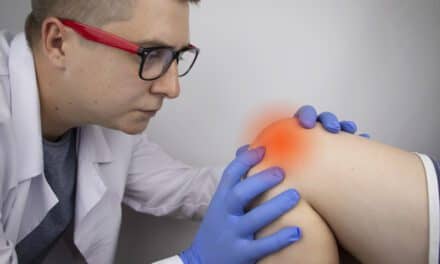At Johns Hopkins University, Baltimore, Michael I. Miller, PhD, and colleagues are evaluating two ways to tie functional MRI results to actual anatomy. Functional MRI is a highly active research field that is already making major contributions to biomedicine’s understanding of the brain, but it has been handicapped to some degree by one problem: it is difficult to make a precise match between the activated brain regions shown by functional MRI studies and the individual’s underlying anatomy. Precise localization of the regions of activation is not yet associated with precise anatomical labeling, and this constitutes a significant hurdle for researchers to overcome.
 |
Structural data obtained using conventional MRI scanning tend to have higher spatial resolution than functional MRI data, as well as a higher signal-to-noise ratio. Linking the activity noted in functional MRI images with specific regions of the brain is made difficult by considerable variations, from person to person, in the shape of the brain. This variability is particularly common in the cortex.
In the hope of increasing the precision with which structure and function can be localized using functional MRI, individual results can be transformed using an atlas coordinate system. This has provided a partial solution to the difficulties created by individual brain-shape variations. Miller’s work is focusing on the validity and reliability of two kinds of systems for carrying out the matching of structure and function. Many investigators have employed, for this purpose, software that takes functional MRI information from multiple anatomical coordinate systems and maps the data directly into an atlas coordinate system. The individual’s own structural coordinates are used in the second approach, which maps functional MRI data to those coordinates. The structural and functional information are then carried to the common atlas coordinate system after high-dimensional transformations. The investigators’ own software for matching functional data with individual structure and then with the atlas coordinate system will be compared with commercially available software.



